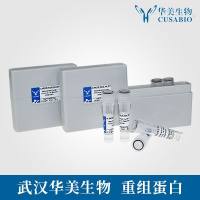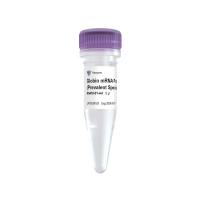Blood plasma is believed the most complex human-derived proteome, containing other tissue proteome subsets. Almost all body cells communicate with the plasma, either directly or through tissues or biological fluids, and many of these cells release at least a part of their content into the plasma upon damage or death. A comprehensive, systematic characterization of the plasma proteome in the healthy and diseased states will greatly facilitate the development of biomarkers for early disease detection, clinical diagnosis, and therapy. However, the characterization of human plasma proteome is a very complicated task, owing to the wide dynamic range of concentration that separates the most abundant proteins and the less common ones (10–12 orders of magnitude). The removal of its predominant proteins by affinity chromatography using an FPLC system improves the presence of low-abundance proteins in two-dimensional gel electrophoresis (2DE). The “Multiple Affinity Removal System” (Agilent Technologies) retains albumin, IgG, IgA, haptoglobin, transferrin, and antitrypsin with high specificity and reproducibility. After depletion, we have independently analyzed the flow-through (low-abundance proteins), and the retained fractions, by 2DE (4.0–7.0 pH range). Image analysis of the stained gels revealed that more than 300 spots appeared in the retained fraction and about 1800 spots appeared in the nonretained fraction. This methodology is a valuable tool for clinical proteomics, because its reproducibility allows comparative studies and quantitative analysis by 2DE or two-dimensional differential gel electrophoresis of plasma or sera samples from subjects with different pathological or physiological conditions. In addition, the method allows the comparison of experimental results from different laboratories.






